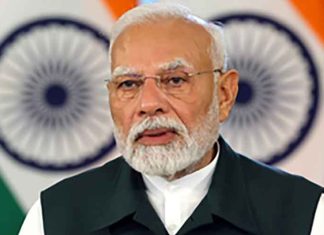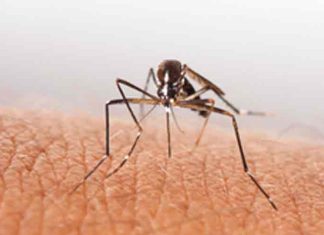Faridabad, Aug 8, 2024
Increased use of social media and digital interactions are affecting the mental health of more young girls in India than boys, according to an expert.
Late childhood and adolescence are the age groups when personality starts developing and gradually solidifying before getting further established in the early 20s.
Dr. Rakesh K Chadda, HoD, Psychiatry, Amrita Hospital, Faridabad said advances in technology are making adolescents and young adults aged between 15-25, vulnerable to developing mental health challenges.
He blamed it on “the rise of information technology, particularly the increased use of social media and digital interactions” for the negative impact on health, especially mental well-being.
It is because the overuse of technology has diminished physical activity and exercise in daily routines, disrupted regular sleep patterns in both timing and duration, encouraged instant messaging without time for reflection, and reduced face-to-face, in-person interactions, the psychiatrist explained.
“Emotionally unstable personality disorder (EUPD), also known as a Borderline Personality Disorder (BPD), has significantly increased among youth over the last one to two decades, with rates more than twice in females compared to males,” Dr. Chadda said.
The expert noted that if left untreated, it can severely impact social and occupational functioning, leading to co-occurring mental health issues like depression, anxiety, substance abuse, and an increased risk of suicide.
“Substance abuse has notably increased among individuals aged 15-25, particularly with alcohol and illicit drugs. Depression is more prevalent in females within this age group, while substance abuse is more common among males.
“Additionally, self-harm and anxiety disorders are seen more frequently in girls, implicating a gender disparity in mental health issues,” Dr Chadda said.
A recent study, published in the April issue of the Indian Journal of Psychiatry, revealed a 22 per cent prevalence of BPD among college students.
In comparison, a 2019 study estimated the prevalence at 15 per cent, and a 2016 meta-analysis of 43 global studies had placed it at 9 per cent.
This data suggests a noticeable increase in BPD prevalence in India.
Additionally, clinical settings have reported a rising number of BPD cases over the past decade, a stark contrast to the numbers observed 20-30 years ago.
In addition, the risks of cybercrimes such as bullying, financial fraud, and exposure to inappropriate content are all growing concerns, particularly for adolescent girls and youth, the expert noted.
Cyberbullying can worsen mental health problems and contribute to low mood, social withdrawal, self-harm tendencies, and substance use, thereby adding to the overall disease burden.
The expert emphasised healthy lifestyle interventions and urged parents, teachers, and policymakers to sensitise the youth.(Agency)





































































































